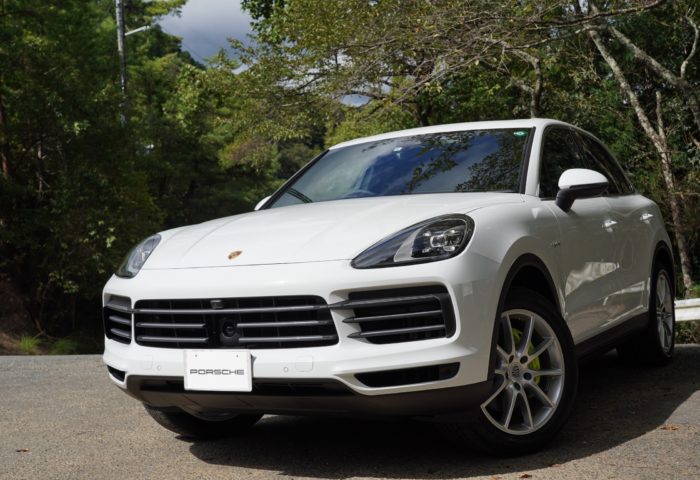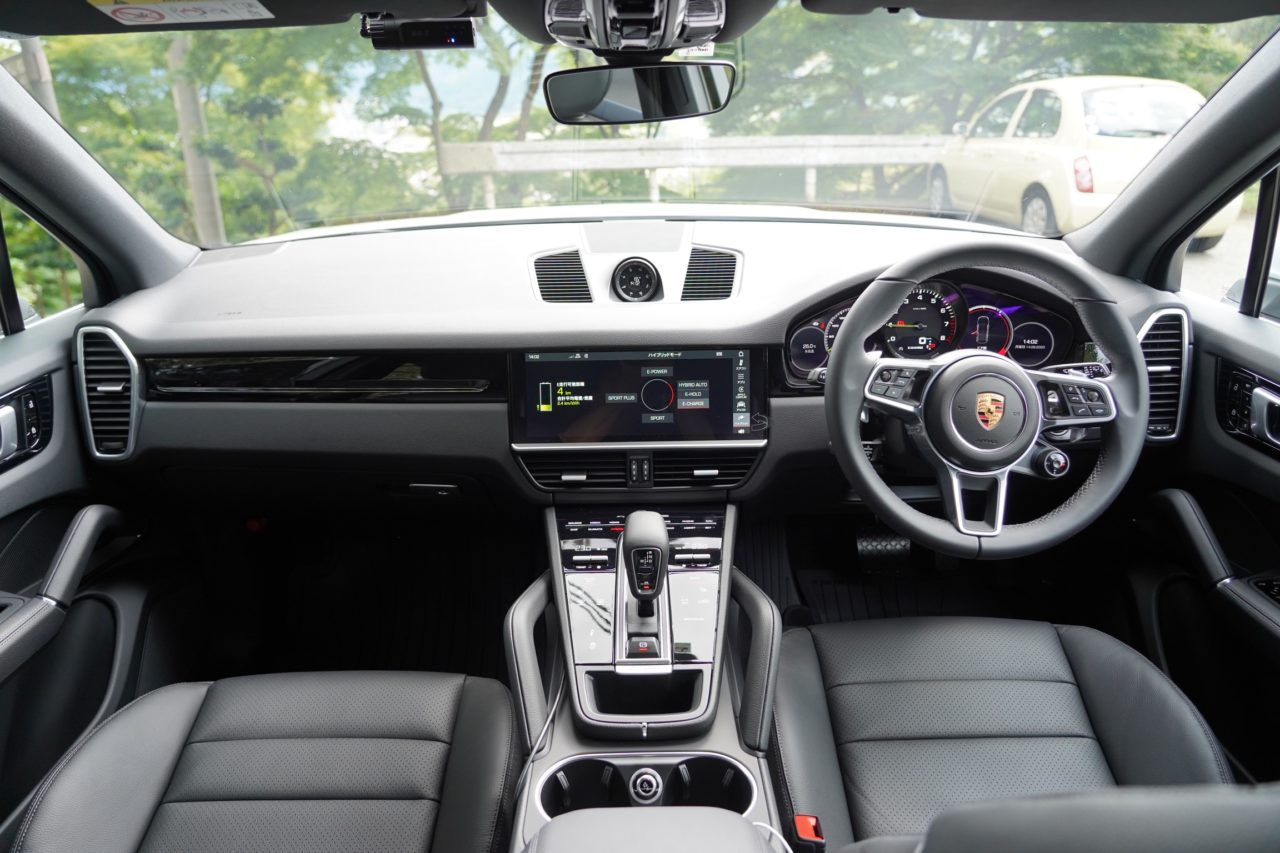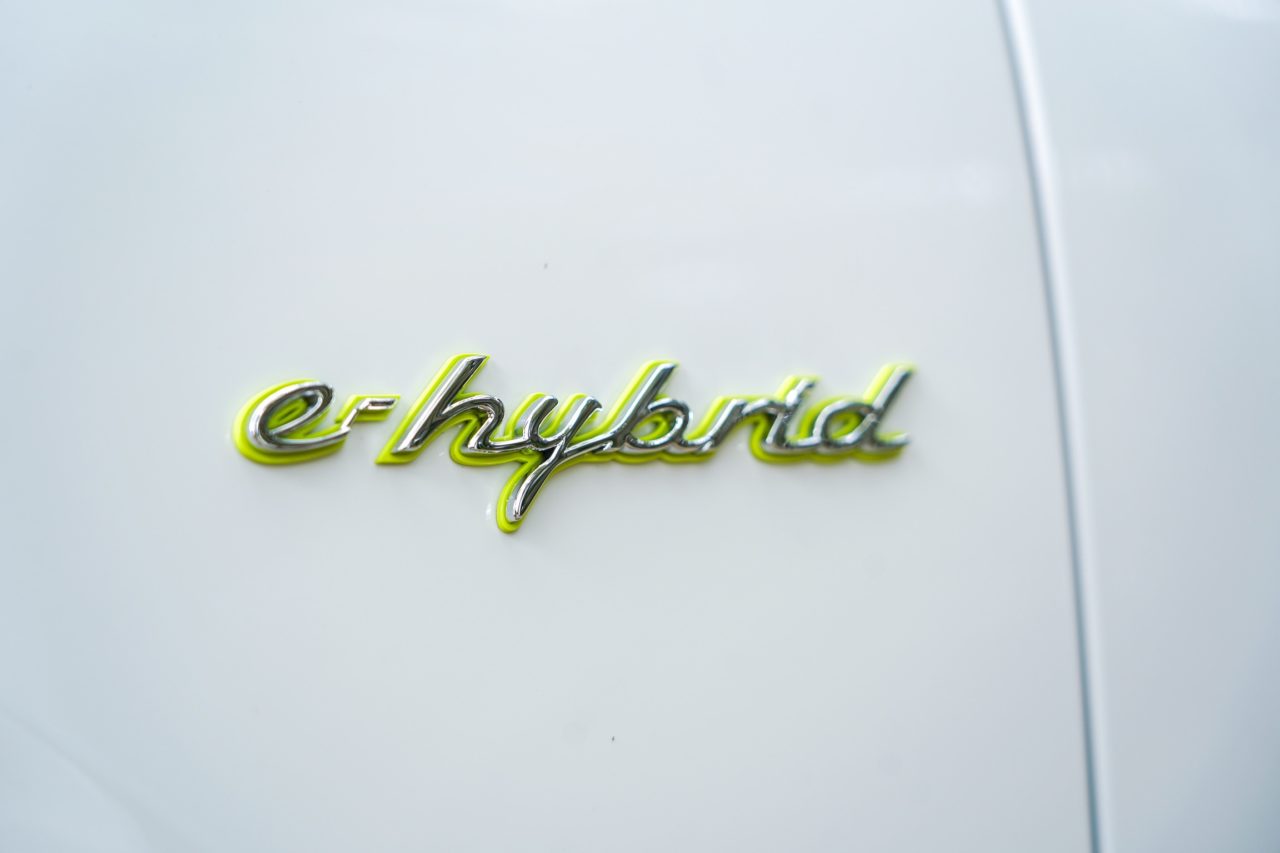Why Did We Decide to Buy the Cayenne E-Hybrid? The Decisive Factors
公開日:2020.09.29

Tiptronic and the Hybrid System
To add more, the synergy between the Cayenne’s Tiptronic automatic transmission and this hybrid system is outstanding. I have always highly rated the new Cayenne’s 8-speed Tiptronic for its smoothness and quick shifts, comparable to the latest BMW automatics.
This transmission really shines in the hybrid model. The motor in the Cayenne E-Hybrid uses the transmission. For example, our Nissan Note e-Power NISMO doesn’t have a transmission and only has one gear, so there’s no concept of shifting.
However, in the Cayenne, the motor transmits power to the wheels through the 8-speed Tiptronic. So even when driving on motor power alone, the gears shift from 1st to 2nd and so on. During this, the already smooth Tiptronic shifts become even smoother. You can’t feel the shifts at all. This is probably thanks to the motor’s ability to instantly control output.
The shifts are truly seamless, making city driving very comfortable.
On the other hand, when you press the accelerator hard and the engine kicks in alongside the motor, you might expect some shift shock, but the Tiptronic cleverly absorbs these sudden torque changes. The engine revs rise slightly, and the Tiptronic adjusts torque perfectly to deliver smooth power.
The coordination between the engine, Tiptronic, and motor is incredibly smooth. So much so that unless you consciously watch the tachometer, you won’t notice when the engine starts or stops while focusing on driving.

Finally, the deciding factor was the driving performance of the Cayenne Hybrid. While its top speed is lower than the S, it beats the S in 0-100 km/h acceleration, boasting 462 PS and an impressive 700 Nm of torque from 1000 rpm. Plus, it’s 1.24 million yen cheaper than the S.
In the city, you can drive quietly in E-Power mode, but switch to Sport or Sport Plus mode, and the Cayenne transforms dramatically. This kind of transformation is quite remarkable even among recent Porsches.
The motor, which used to work mainly for fuel efficiency, now assists performance. The 3.0L V6 turbo engine sounds clear and, with motor assistance as the revs rise, it feels like a second-stage turbo is helping out.
Compared to the S, what stood out most was the strong mid-range torque. The acceleration between 3000 and 5000 rpm feels very powerful and honestly fast. It’s the torque delivery that makes it feel sporty rather than outright power. On the other hand, the S still has the edge in engine sound and high-rev feel.
This sensation might be better described as “E-Turbo” rather than “E-Hybrid.” I had heard Porsche’s hybrid is more about performance than fuel economy, and now I understand why. The legacy of the 918 and 919 lives on even in the Cayenne.

Next, I tried to find negatives about the roughly 300kg weight increase by pushing the accelerator and changing lanes. Doing this kind of maneuver in an SUV of this class might unsettle some drivers, but the Cayenne changed lanes smoothly as if sliding sideways, showing plenty of composure.
Mr. H, riding shotgun, said:
“With other manufacturers’ SUVs, this kind of move might feel a bit unsettling. But the Cayenne? No problem at all.“
Indeed. Despite being much heavier than a regular Cayenne, this was flawless. Of course, on a circuit or tight winding roads, you might feel the weight difference, but for everyday driving, the handling is more than satisfactory.
I insisted on test driving the hybrid Cayenne twice, and these impressions finally led me to decide to buy. I’m completely impressed by the E-Hybrid’s control system. For our family, who mainly use the car for city and long-distance driving with passengers, this was the perfect grade choice.
Next time, I’ll report on impressions after delivery, differences between steel spring and air suspension, the Porsche Connect app, fuel economy, electric consumption, and charging environment.
このブログが気に入ったらフォローしてね!


Comment ( 0 )
Trackbacks are closed.
No comments yet.